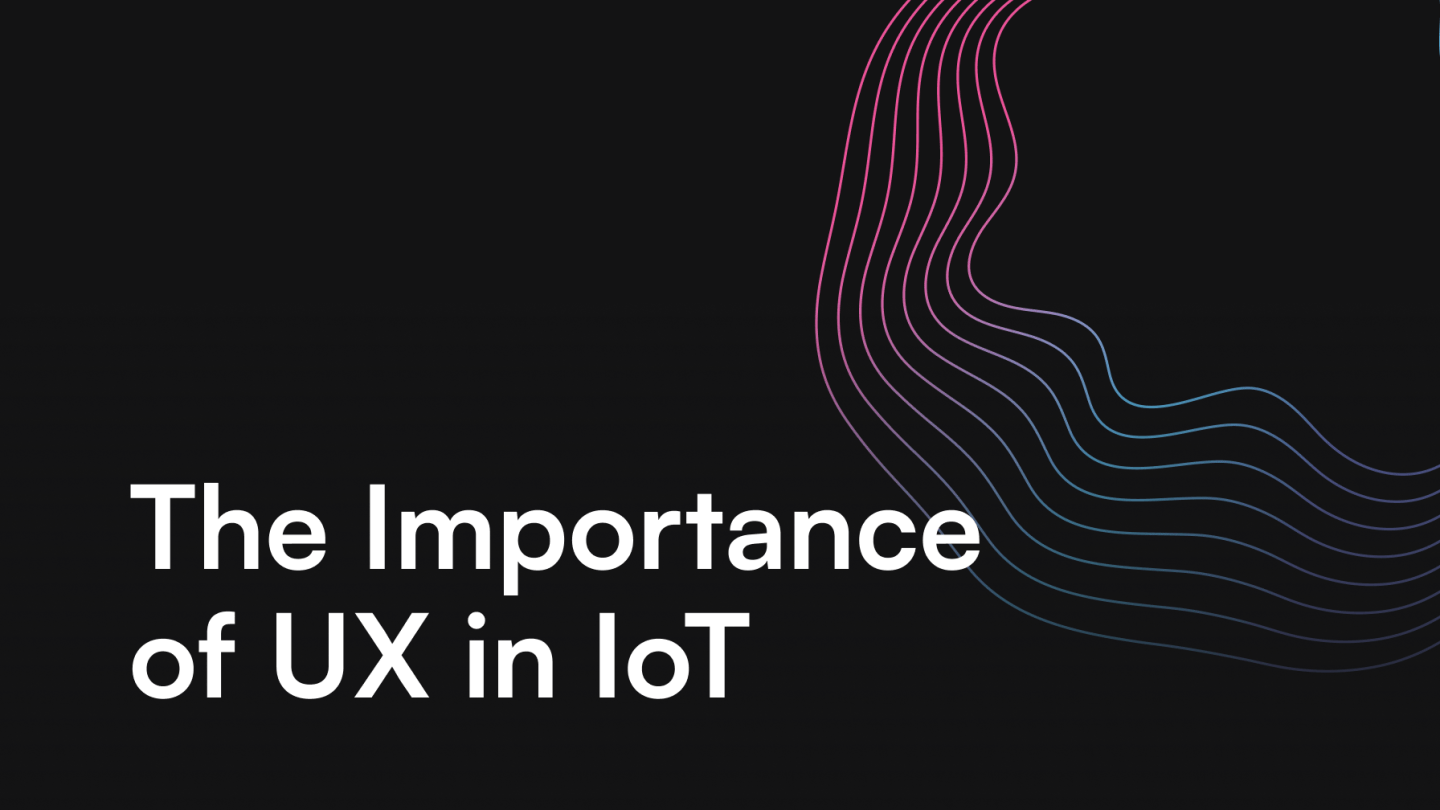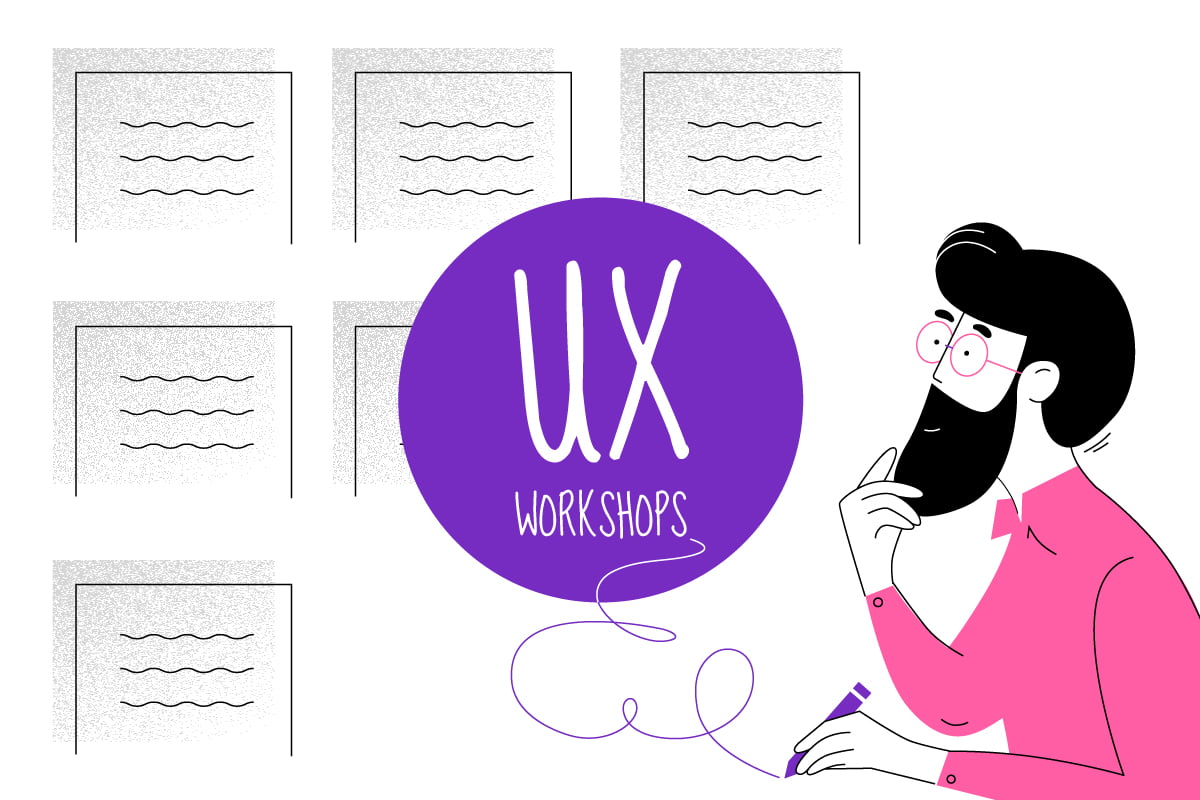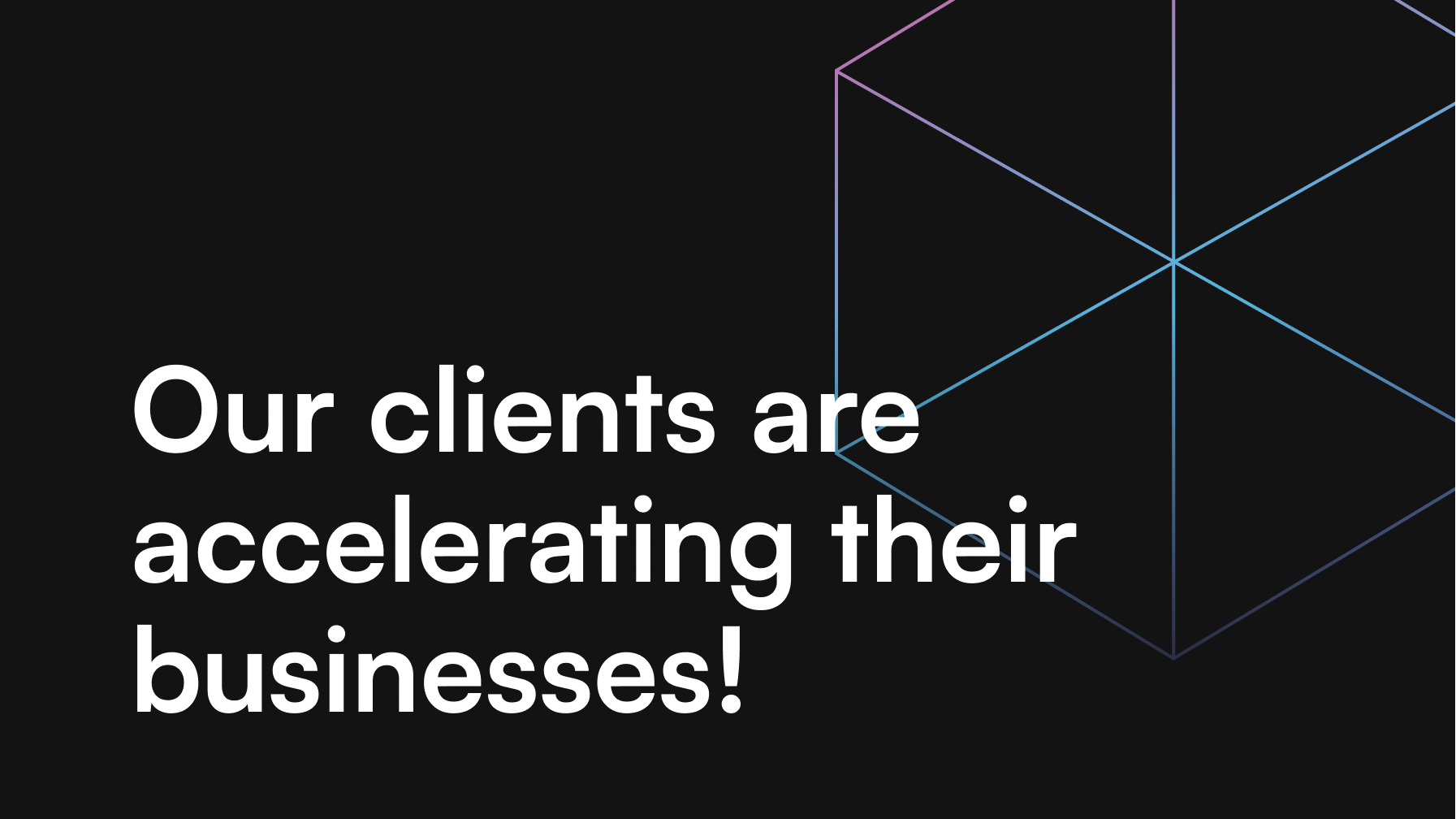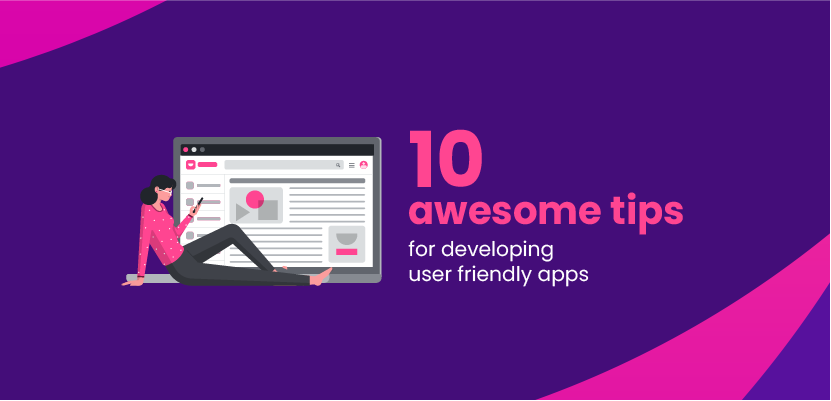The Importance of UX in IoT

Estela Guzman

You may be wearing a smartwatch where you can instantly view a message you’ve just received on your mobile device, or maybe you have a door camera that alerts you when someone is at your door. In any case, you have interacted with an IoT (Internet of Things) device. An IoT system comprises four main components: sensors/devices, connectivity, data processing, and a user interface. It’s any physical object with an on/off button that can connect to the Internet. Think of it as multiple objects that are communicating with each other.
Internet of Things – how it works?
In summary, these sensors/devices collect data and are shared through the cloud and integrated with the software. The software analyzes this data and transmits it to the users via an app or a website.
This system allows for products to not only facilitate our daily lives but for businesses to increase and maintain production and even to keep their workers safe. Take manufacturing, for instance. Sensors are being used to detect machinery failures that can prevent production line interruptions and save companies millions of dollars in potential losses. The truth is that there are significant new ways IoT is revolutionizing the world. Ranging from devices in the medical field that save lives every day to smart homes and devices that are used for energy-saving consumption and safety, and now, even smart cities that enable an area to operate more efficiently. Today there are more IoT devices than there are humans in the world. And that number is already projected to reach 43 billion devices by 2023, according to Forbes.
Internet of Things and UX design – now and the future
These examples and scenarios are being used and taking place as we speak, but what about the forthcoming IoT devices? With the implementation of modern tech each year, such as 5G, how will IoT change moving forward? Furthermore, as IoT becomes more advanced each year, what does this mean for the users?
It means UX/UI designers’ work will be more critical now than ever. The more tech-advanced everyday things such as light bulbs or home appliances get, the more precise and intuitive the experience will have to become. UX design will become the fundamental part of all IoT devices. Because there are multiple interactions, numerous flows will have to be designed with consistency and ease for the best user experience. It’s essential to consider the usability of individual UIs and inter-usability: distributed user experience across multiple devices.
Take, for example, a home door camera that you can interact with your smartphone directly while being away from home. You can be at work and be alerted through your smartphone when a courier is delivering a package. You can speak to the courier and give them instructions instead of having your delivery postponed.
Internet of Things – the UX design perspective
Now let’s take a step back and see this from a design perspective. We have to take care of the homeowners’ experience through the mobile app that controls the camera and the experience of the courier. Both users have to have a system that is easy to understand. Remember, consistency and ease of use are key here.
Because the courier has a brief interaction with the camera, we need this experience to be the easiest. It must be intuitive enough for them to quickly understand how to use the device and consistent enough to be comfortable with such devices. For the homeowner, we need to give them features that will be worthwhile and useful and, again, deliver an intuitive experience. Remember, IoT devices are made to facilitate a user’s life, not complicate it.
New technology shouldn’t be more complex for the user; it should get easier as it gets more advanced. Another vital factor to be highlighted is security. This is why IoT devices must begin implementing UX design. UX design is imperative for the strategy and design of sensors, dashboards, enterprise apps, methods for finding and joining those apps, voice, alerts, and notifications, just to name a few.
With advancing technology in IoT emerging, such as IoT security and the eventual growth of the metaverse, UX design will lead in designing the device itself and the user experience in the coming years.
Read also
How mobile applications are fueling digital transformation
What is a mobile app?
UX Laws & Principles – Part 1





